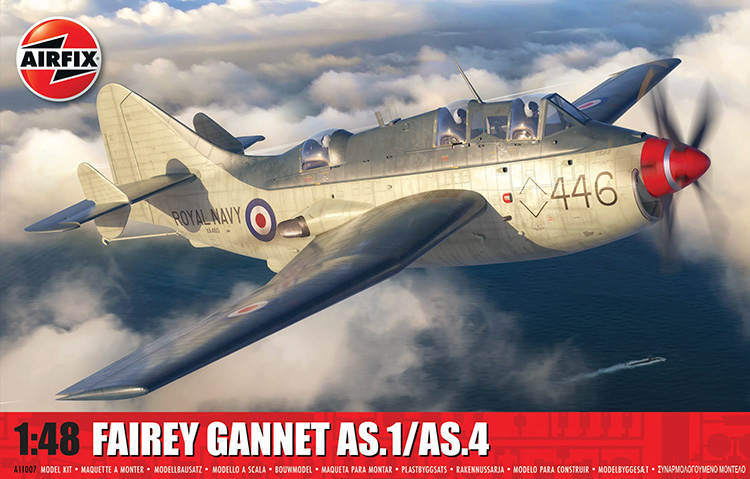
Full review with Dave Coward
Before we get started, here’s a look at how it all turned out…
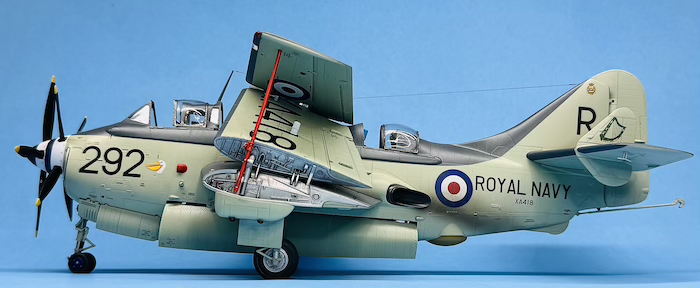
A note from Geoff C…
In case you think you may be experiencing an episode of deja vu, you are not; this is the promised build of the very impressive Airfix Fairy Gannet from Dave C to compliment the one that’s recently been added from Stuart M. Hopefully we can include more builds as time goes on because I for one always pick up different things in every build of the same kit by different modellers.
Background
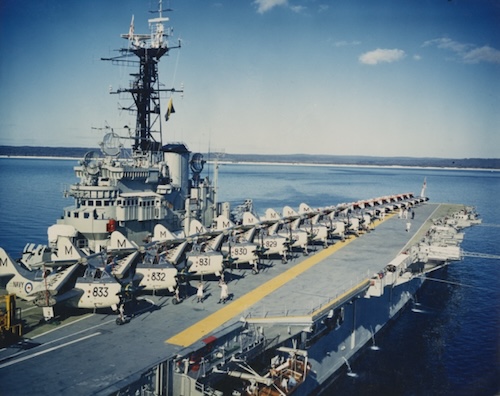
An aircraft that must surely be considered one of the most distinctive types to have ever seen Fleet Air Arm service, the Fairey Gannet was as capable as it was unique and was significant as the only post-war military contract to be won by the famous Fairey Aviation Company. Arguably the most unconventional Fairey designed aircraft to enter full production, the Gannet was developed in response to a 1945 Royal Navy requirement for an advanced carrier-based, turboprop-powered anti-submarine hunter-killer, one which was rugged enough to withstand the rigors of operation at sea. (Source: Airfix)
Intended to counter the recent expansion of the Soviet submarine fleet at the start of the Cold War era, the Gannet was equipped with all manner of the latest electronic detection equipment and if an enemy submarine was detected, it could be marked, tracked, and if necessary, attacked, using bombs, depth charges, rockets, and air-launched acoustic torpedoes.
One feature of the Gannet which helped to give it a unique appearance was the adoption of its powerplant, the innovative Armstrong Siddeley Double Mamba. This arrangement saw two gas turbine engines mounted side by side in the nose of the gannet, sharing a common gearbox, but both operating independently, each engine driving its own coaxially mounted, contra-rotating propeller. In addition to this, the engines could run on kerosene and even diesel fuel, which was safer to handle and less refined than traditional aviation fuels.
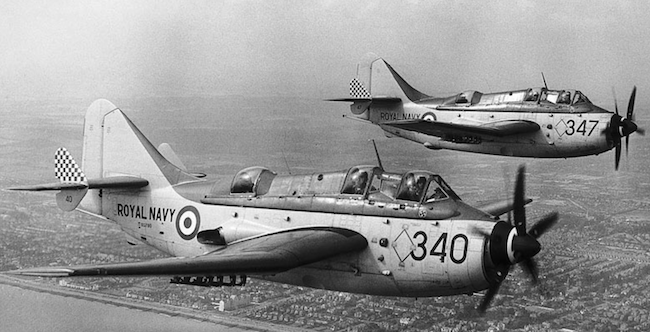
This arrangement provided Gannet crews with more than enough power for carrier operations, with the reassurance of two engines when embarking on long ocean patrols. Once in flight, the pilot could shut down one of the engines to conserve fuel and whilst this would reduce the Gannet’s maximum speed, it would extend its loiter capabilities. Usually, a pilot would alternate engine use during a long patrol, running each engine for around an hour before swapping to the other engine – the engine mounted on the port side drove the front propeller.
Another unique feature of the Gannet’s design was its bi-folding wing system, something which was designed to allow this large aircraft to operate safely and to be stored aboard one of the Royal Navy’s relatively small aircraft carriers. When a pilot engaged the wing unfold, this ingenious system not only prepared the wings for flight, but also automatically connected all flight control systems, hydraulic connections and fuel pipes to the main system, without any ground crew intervention.
In operation, there are reports that the Gannet was so rugged a design that when one aircraft lost the outer sections of both wings after performing a particularly violent manoeuvre, the aircraft still managed to make it back safely to its home carrier, something which can only have endeared the aircraft to its crews still further.
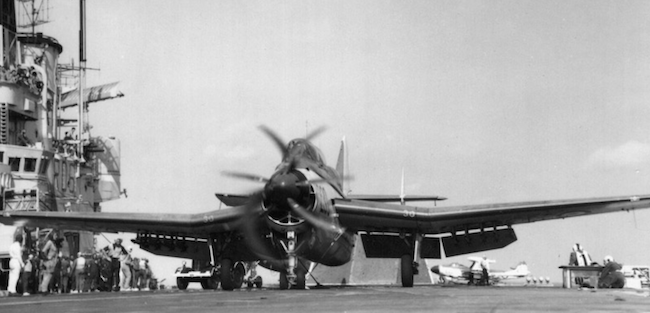
The Fairey Gannet would prove to be an extremely rugged and highly effective anti-submarine aircraft, one which could carry an impressive array of offensive ordnance and one which was able to attack submarines either on the surface, or when submerged and trying to evade its attentions. Well-liked by air and ground crews alike, 348 Gannets would eventually be produced and in addition to serving with Britain’s Fleet Air Arm, the aircraft would also see service with the navies of Australia, Germany and Indonesia.
I personally first came across the Gannet in the early 1990s when I was doing an Electronics HNC at Connah’s Quay Technical College in Flintshire, North Wales. I remember to that I went for a walk around the college at lunchtime and on rounding a corner coming face to face with a Gannet. This aircraft was used by the college as a training airframe and was eventually moved to the Ulster Aviation Museum in 2011 where she is currently being restored. Its funny how I never really thought about this aircraft again until Airfix announced the release of its Gannet and then I suddenly remember my encounter with it.
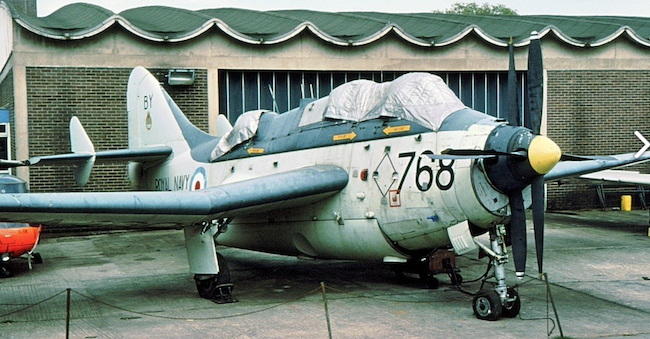
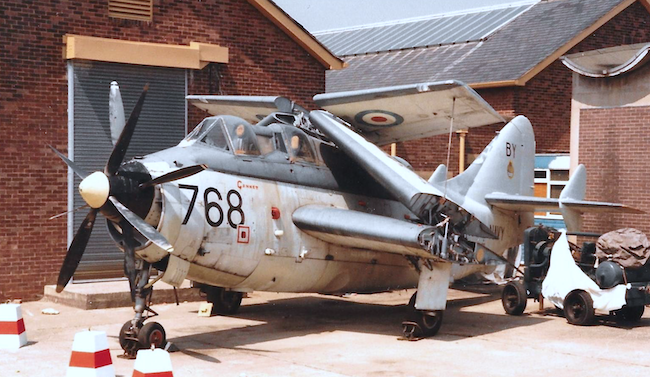
References used:
I didn’t have any books on the gannet so my main source of reference was the internet and in particular pictures of XG797 at Duxford which originally started life as an AS.4 before being converted to an ECM.6.
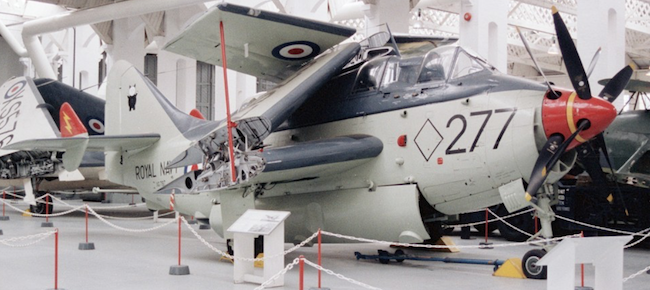
Aftermarket Extras:
Eduard Late RAF seatbelts ED49101